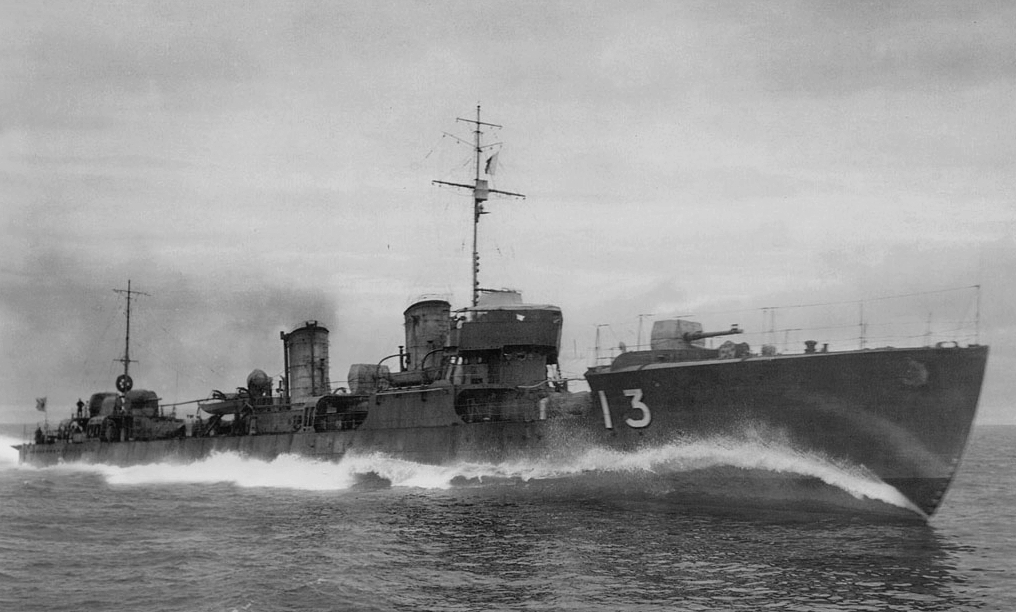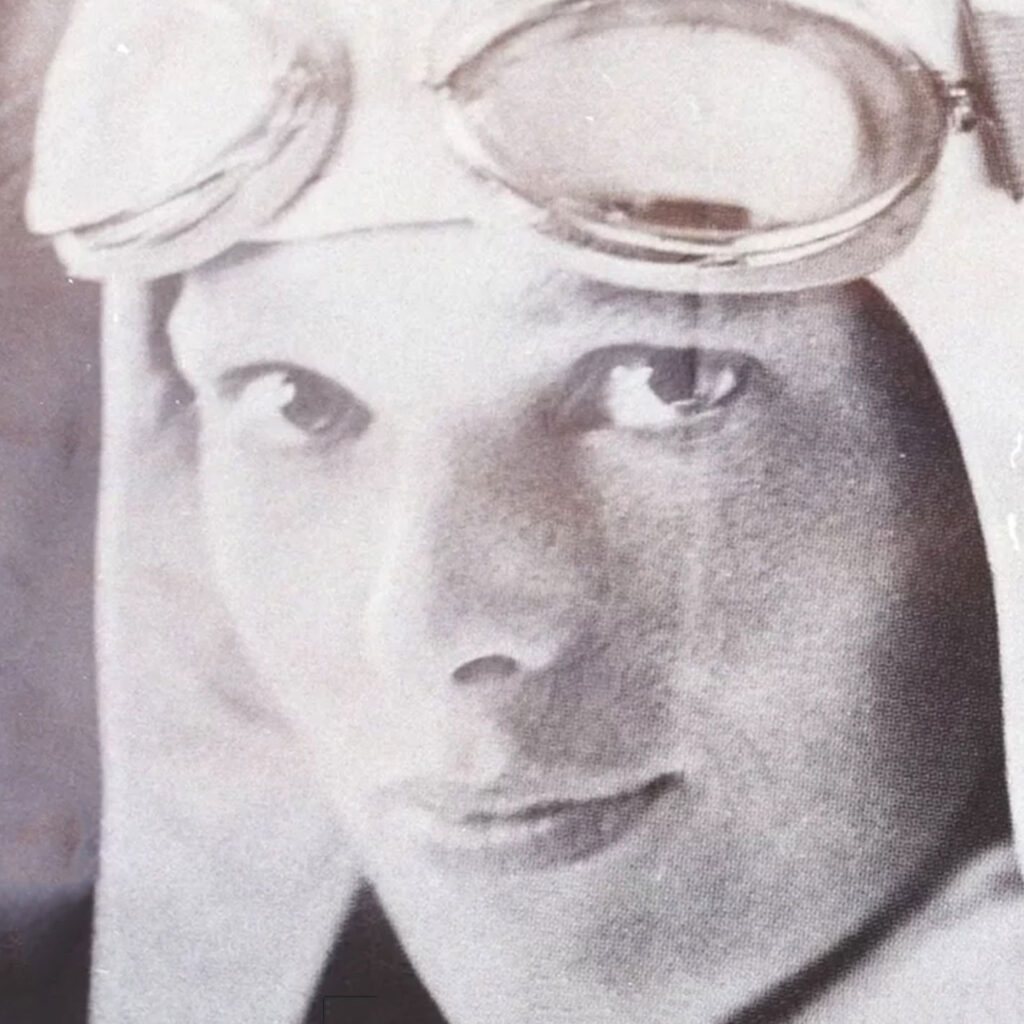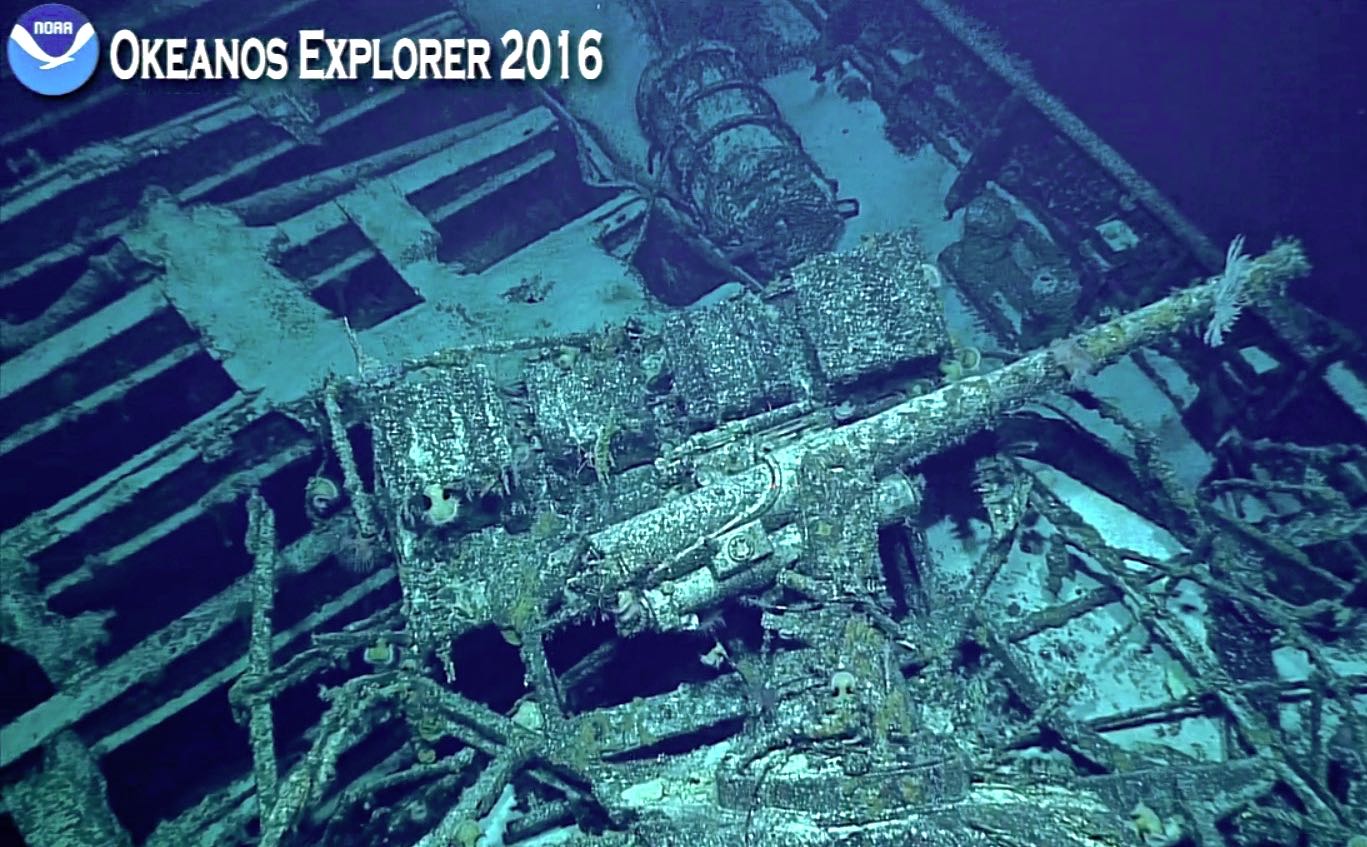
NOAA’s Okeanos Explorer and the ashore team made a historic discovery while exploring the Pacific Remote Islands Marine National Monument near Wake Island. On August 11 the team imaged a World War Two Japanese armed tanker, IJN Amakasu Maru No. 1, torpedoed and sunk by the submarine USS Triton (SS-201) on December 24, 1942. The team was aiming to locate the wreck of IJN Hayate, a Japanese destroyer sunk by U.S. Marine shore batteries during the Battle of Wake Island in December 1941. Earlier multi beam sonar surveys suggested a target of the right size and in the predicted location. Explorers (including those watching live video via telepresence) were rewarded with stunning views of a shipwreck early in the dive. But soon it became apparent that there were subtle differences between the wreck and details of Hayate. With the aid of historian Tony Tully, explorers were able to verify that the vessel was in fact Amakasu Maru, a ship of almost identical size and with a similar bow configuration. The identification was confirmed when Japanese characters welded on the stern were imaged and translated.
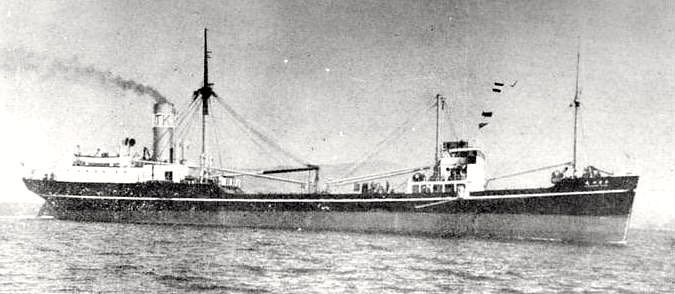
Amakasu Maru No. 1 was an auxiliary water tanker, delivering precious fresh water to occupied islands such as Wake and to ships at sea. One of 26 built between 1937 and 1943, the ships were armed for anti-aircraft defense. All were sunk during the Pacific war by various causes. Three torpedoes fired by Triton hit the port side of Amakasu Maru and sealed her fate. Viewers were able to clearly see evidence of torpedo damage on the stern. Other features imaged as the ROV Deep Discoverer surveyed the wreck included deck guns, anchors, piping, masts, the pilot house and many other details. The wreck was festooned with sea life and sprinkled with a light coating of sediment. Explorers were surprised to see significant remnants of wooden deck planking, surviving after nearly 74 years in the sea. Twelve crewmen were lost in the sinking, but no evidence of remains was noted (or expected).
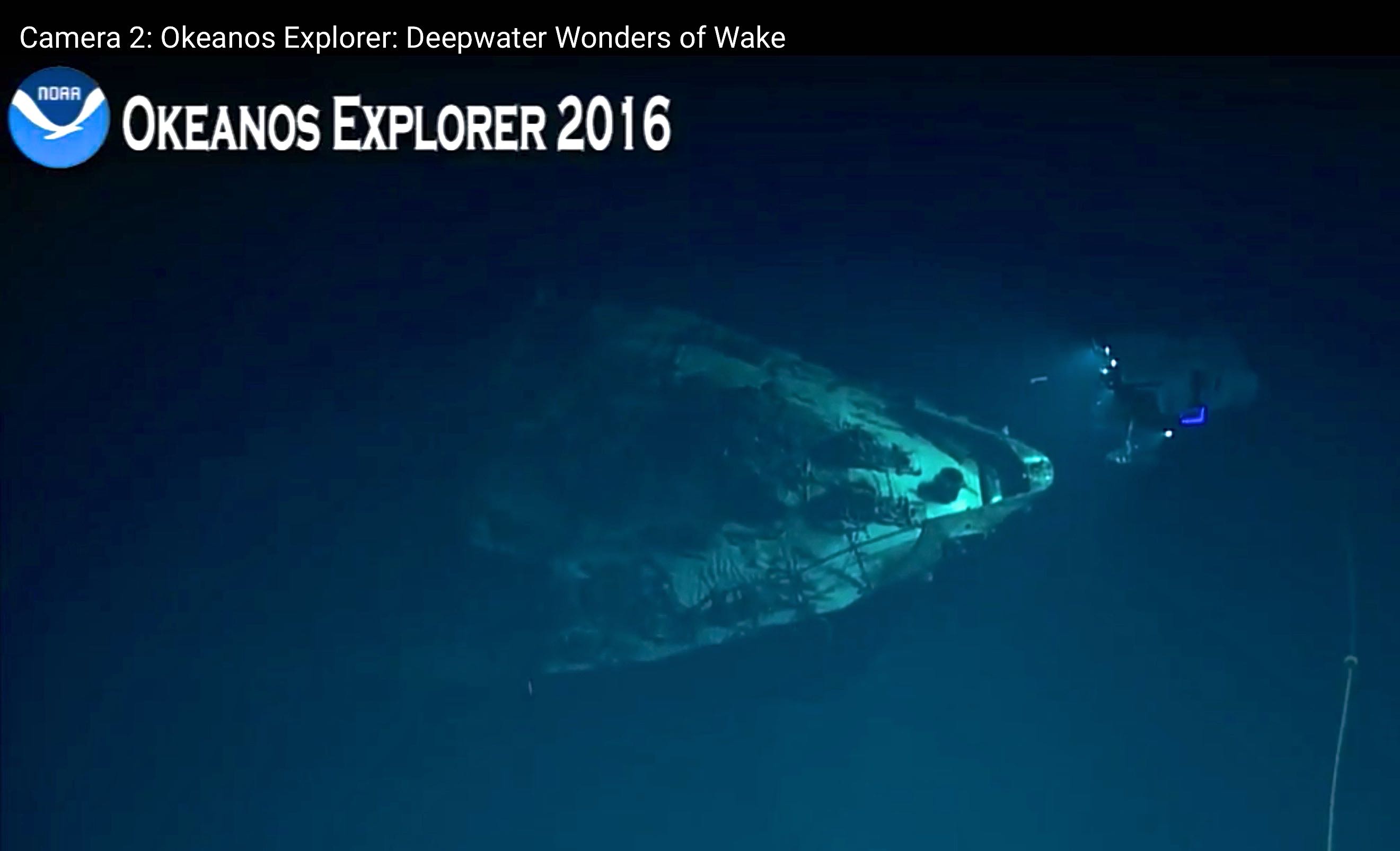
Observers ashore were very impressed with the cool professionalism of the at-sea team, including ship crew, ROV operators, camera operators, and scientists, such as we have come to expect from prior dives. Scientists ashore were able to direct the ROV to image specific features through live hi-def video feeds and a teleconference link, while archaeologists and translators worked to research identifying markings in real time. Many interested members of the public watched from their home computers as undersea mysteries were revealed thousands of miles away and nearly a thousand meters deep.
The location of Hayate remains a mystery. The team imaged two other possible targets that turned out to be huge rocks. Since the ship was blown in half and sunk near an active region with high currents and a steep drop off, its wreckage may have been lost to the abyss. Okeanos will move on and will continue its current mission to conduct scientific baseline characterization of cultural and natural resources in the Wake Atoll unit of the monument, returning to Kwajalein on August 19. Daily dives can be followed on our Expedition Portal or on the Okeanos website.
.

